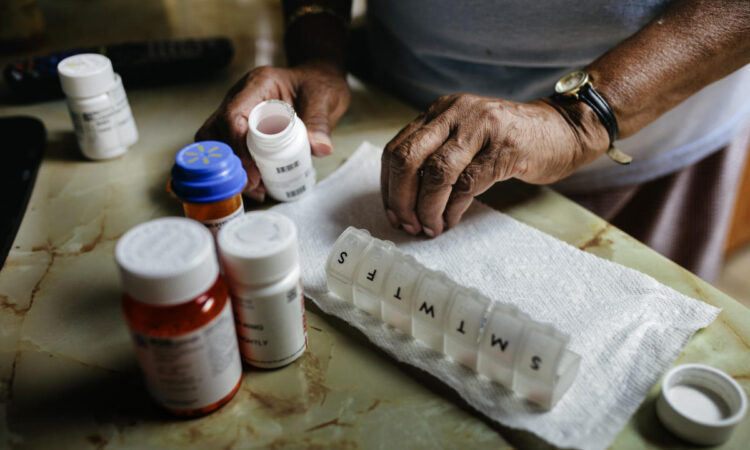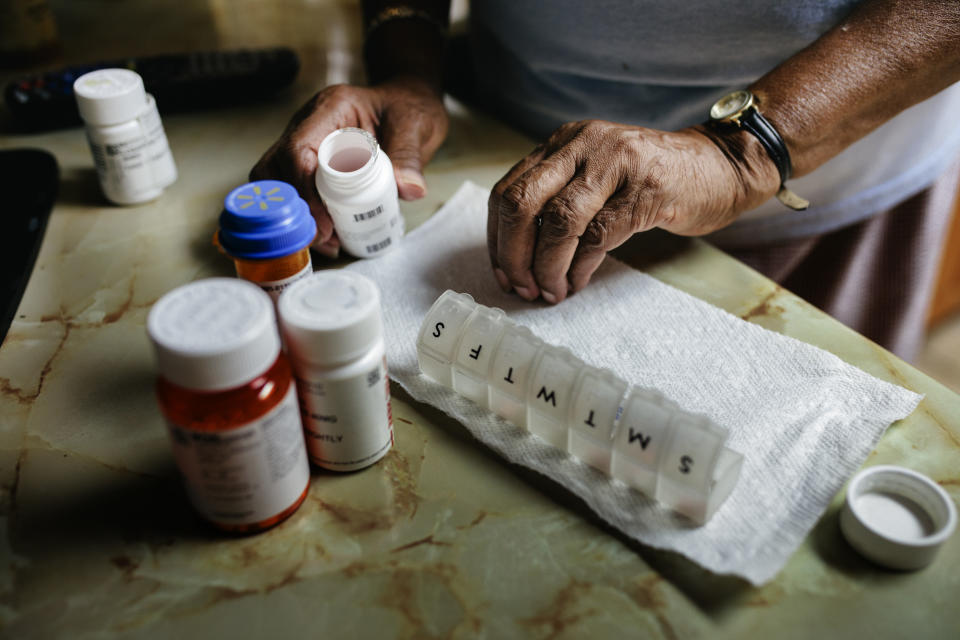

Prescription fees are rising by 30p for people in England in April, taking the total price to £9.65 per item, adding even more pressure on UK households amid the cost of living crisis.
Here we leave you with eight top tips from Which? that you could save on prescriptions as well as ways to save on medication bought in-store.
1. Get a prepayment certificate
Those who purchase four or more prescriptions in three months – or 12 or more prescriptions in 12 months – could save money with a prepayment certificate (PPC). A PPC covers all NHS prescriptions, including dental prescriptions, no matter how many items are needed.
PPCs can be bought online via the NHS website. A three-month prepayment certificate currently costs £30.25 and a 12-month option costs £108.10 – however, after prices go up in April a three-month PPC will cost £31.25 and a 12-month PPC will be £111.60.
Read more: Six ways to bring down costs on rising mortgage rates
By opting for a 12-month PPC, you can either pay upfront or by 10-month direct debit instalments.
Which? found that consumers could make significant savings with a 12-month PPC. For instance, someone paying prescriptions for two items per month could save £116.30 per year. For three items per month, the saving would be £228.50, and for four items each month, the saving would be £340.70.
2. Save money on medication for the menopause
People going through the menopause who take hormone replacement therapy (HRT) will be able to access a new type of prescription prepayment certificate from the beginning of April.
The new PPC will last for 12 months and can be purchased for £19.30 – the equivalent of two individual prescription charges. You’ll be able to use the PPC for as many menopause prescription items as needed for a whole year. See the full list to find out all the medicines that will be covered.
3. Some people can access free prescriptions
Prescriptions are free in Wales, Scotland, and Northern Ireland. Although there is usually a charge in England, there are some medications that are free including contraceptives and drugs administered to patients in hospitals.
People may also qualify for free prescriptions due to their age, if they have a low income or receive certain benefits, or if they have a medical condition. People who are pregnant or have had a baby in the past 12 months can also get free prescriptions with a valid maternity exemption certificate.
4. Ask for a bigger prescription
It is worth asking your doctor for a larger prescription, especially if it is for a medicine you take regularly which is not dangerous if overused.
Doing this means you’d only have to pay one prescription charge for a higher quantity of medicine. For example, if you take cream for eczema, you could ask if the cream comes in a larger-sized bottle. However, be aware your doctor might not be able to say yes.
5. Consider whether you need a prescription
If you have common medications prescribed – such as painkillers or creams which are also available over the counter – you might not need a prescription and could save money by shopping around for the best price.
6. Ditch big brands and buy from supermarkets
A lot of medicines can be bought over the counter without needing a prescription from your GP. However, beware that branded painkillers can be expensive – and if you buy them regularly then costs add up. Budget and non-branded versions of common painkillers such as paracetamol and ibuprofen usually cost a fraction of their branded counterparts.
By law, cheaper versions of medicines have to be ‘bioequivalent’ to the branded versions – which means they must contain the same active ingredients and have to work in exactly the same way.
A previous Which? investigation found that ditching big brands and buying cheaper alternatives from supermarkets and discount stores could secure big savings on a range of medicines. For example, Which? found a 16-pack of Asda’s own branded ibuprofen cost just 80p, 58 per cent cheaper than a pack of Nurofen (currently priced at £1.89 in Asda).
Read more: UK tenants hit by rising rents amid house price increase
Many branded medicines often claim to ‘target’ certain parts of the body, but medicines cannot actually guarantee this – so you needn’t pay more money for painkillers claiming to target headaches or back pain, for example.
7. Think twice about combination remedies
Many cold and flu medicines offer combination preparations that are advertised as a comprehensive remedy for a given ailment.
For example, ‘cold and flu’ tablets usually contain caffeine, paracetamol, and phenylephrine hydrochloride, a decongestant. However, a similar caffeine effect can be achieved by taking a much cheaper generic paracetamol and drinking a cup of tea or coffee.
8. Get cashback and use loyalty apps for extra savings
If you buy medicines online, you may be able to use cashback sites when shopping. Currently, new customers can get up to 10% cashback when shopping with Boots and Lloyds Pharmacy using TopCashback.
Boots and Superdrug also have loyalty schemes where customers can earn points for money spent in-store and online. These points can then be converted and spent with the brand.
Watch: How to save money on a low income
Download the Yahoo Finance app, available for Apple and Android.






